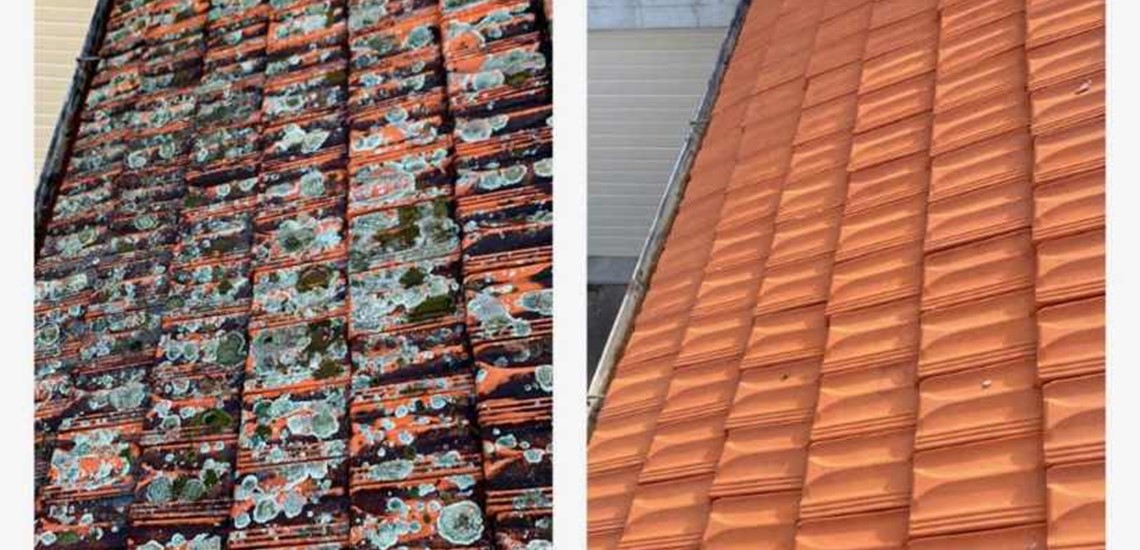Does Bleach Kill Lichen. An In-depth Look

Does Bleach Kill Lichen? An In-depth Look
In the quest to maintain clean and aesthetically pleasing outdoor surfaces, homeowners often confront the challenge of removing lichen. This symbiotic organism, a combination of algae and fungi, thrives in damp environments and can be found on trees, rocks, and outdoor surfaces like roofs, decks, and sidewalks. As lichen can cause damage to surfaces over time, effectively managing its growth is a common concern. One of the methods frequently cited for lichen removal is the use of bleach. This article explores the efficacy of bleach in killing lichen, its application methods, potential risks, and alternative solutions.
Understanding Lichen and Its Effects
Lichen is not harmful to humans but can be detrimental to the surfaces it inhabits. On roofs, for example, lichen can lead to the deterioration of roofing materials, causing leaks and reducing the lifespan of the roof. Its presence on wooden decks and stone pathways can also create slippery conditions, posing a safety risk. Therefore, controlling lichen growth is not only about preserving appearance but also about maintaining safety and prolonging the life of outdoor surfaces.
Hiring a professional is a good way to ensure the job is done right and you can save your time.
https://cleanupcrewcleaners.com.au/info/softwashing-in-bundaberg
The Efficacy of Bleach
Bleach, specifically sodium hypochlorite, is known for its strong disinfectant properties. It is effective in killing a wide range of microorganisms, including algae, moulds, and fungi, which are components of lichen. When applied to an area infested with lichen, bleach can kill the organism on the surface. This results in the lichen detaching from the surface and eventually being washed away by rain or manual cleaning.
Application Methods and Safety Considerations
When using bleach to kill lichen, it's crucial to dilute it properly to minimize damage to the surface and surrounding vegetation. A recommended mixture is one part bleach to ten parts water. Applying this solution with a sprayer or a brush directly onto the lichen-infested areas can yield good results. After allowing the solution to sit for about 15 minutes, rinsing the area with water helps remove the dead lichen.
Safety is paramount when handling bleach. Protective gear, such as gloves, goggles, and masks, should be worn to avoid skin and eye irritation and inhalation of fumes. Additionally, care should be taken to protect nearby plants and grass, as bleach can be harmful to vegetation.
Alternative Solutions
For those seeking more environmentally friendly options, several alternatives to bleach are effective in controlling lichen. These include:
- Vinegar Solution: A strong vinegar solution can kill lichen without using bleach . Not as good though it may work.
- Copper Sulphate: Applying copper sulphate to affected areas can prevent lichen growth. Cost is excessive though.
- Manual Removal: In some cases, physically removing lichen by scraping or using a pressure washer can be effective, especially when combined with preventive measures.
Conclusion
Bleach can kill lichen, offering a solution to its removal. However, its application requires careful consideration due to potential risks to surfaces, humans, and the environment. For long-term control of lichen, addressing the underlying conditions that favour its growth, combined with regular maintenance, is essential.
Specialised services for..